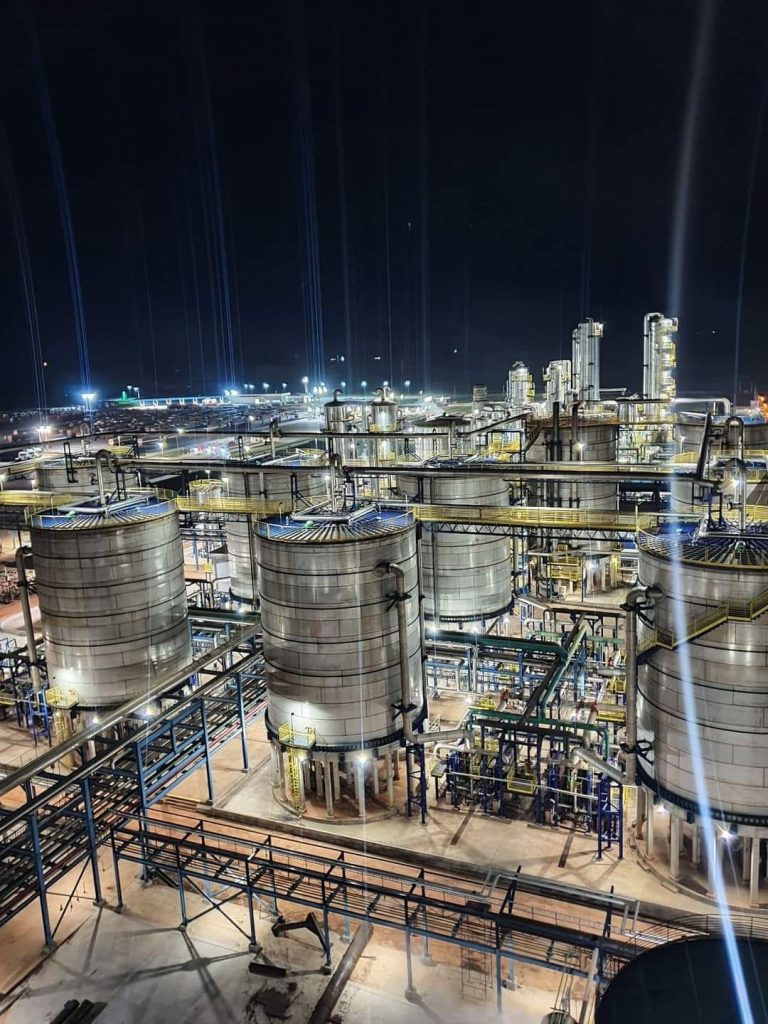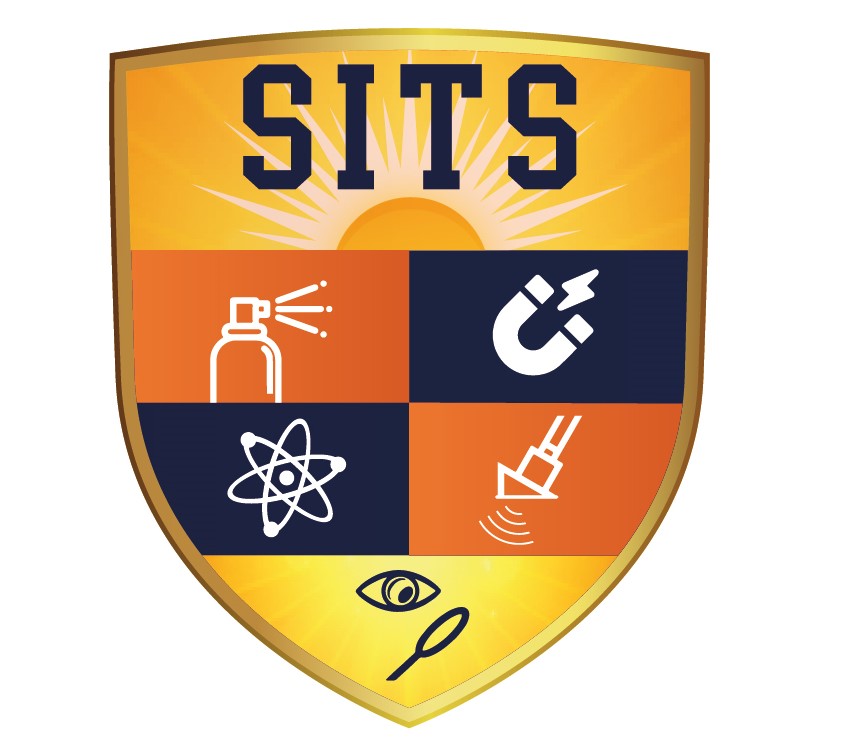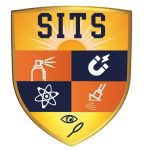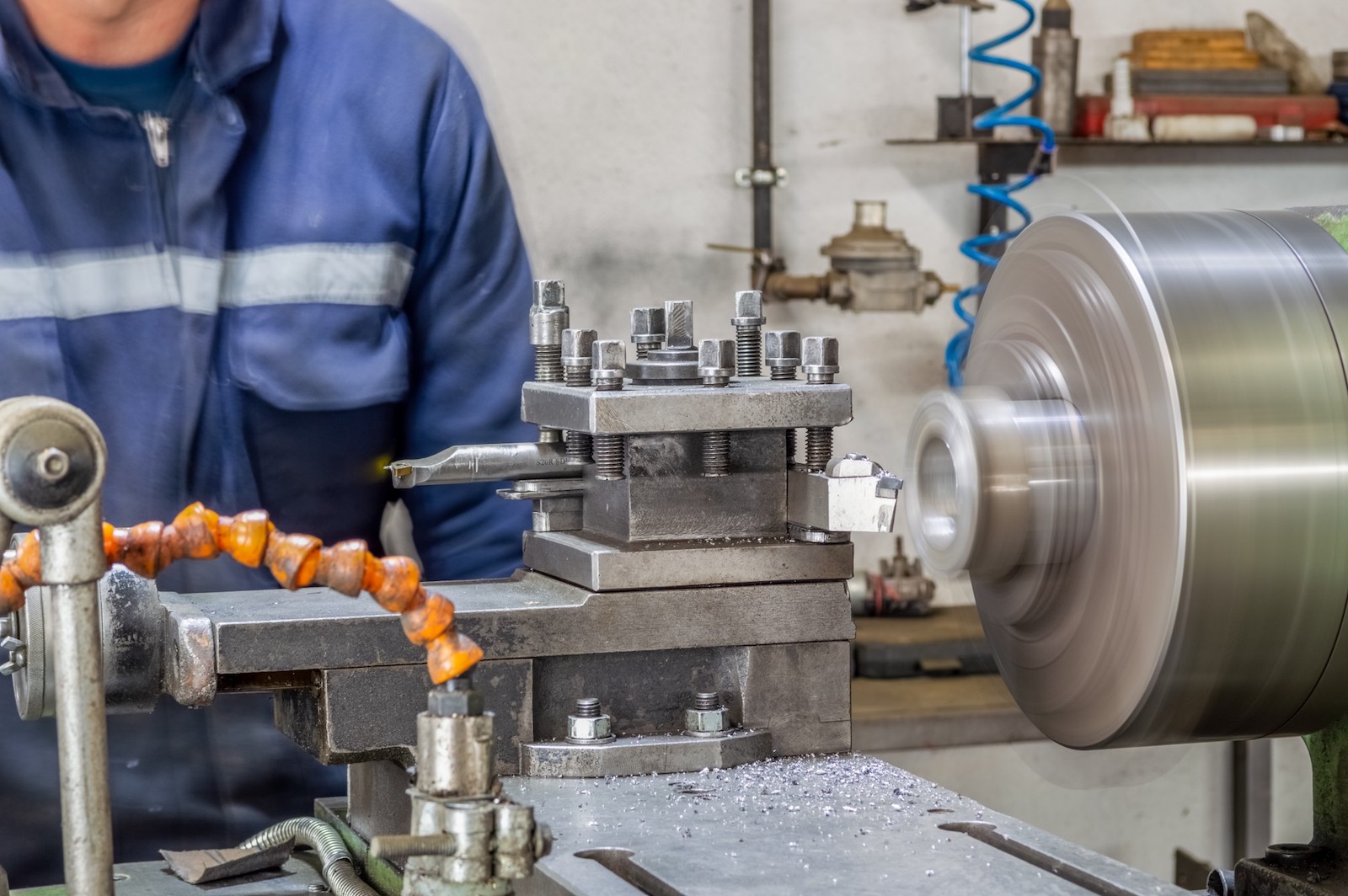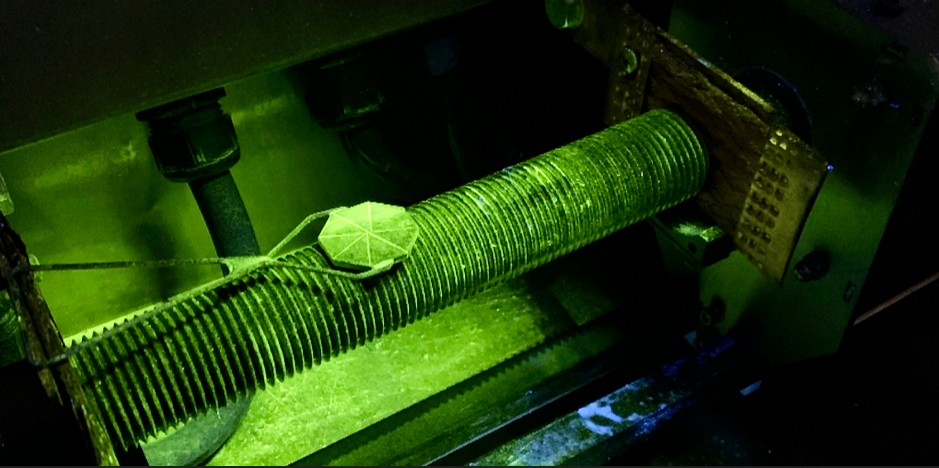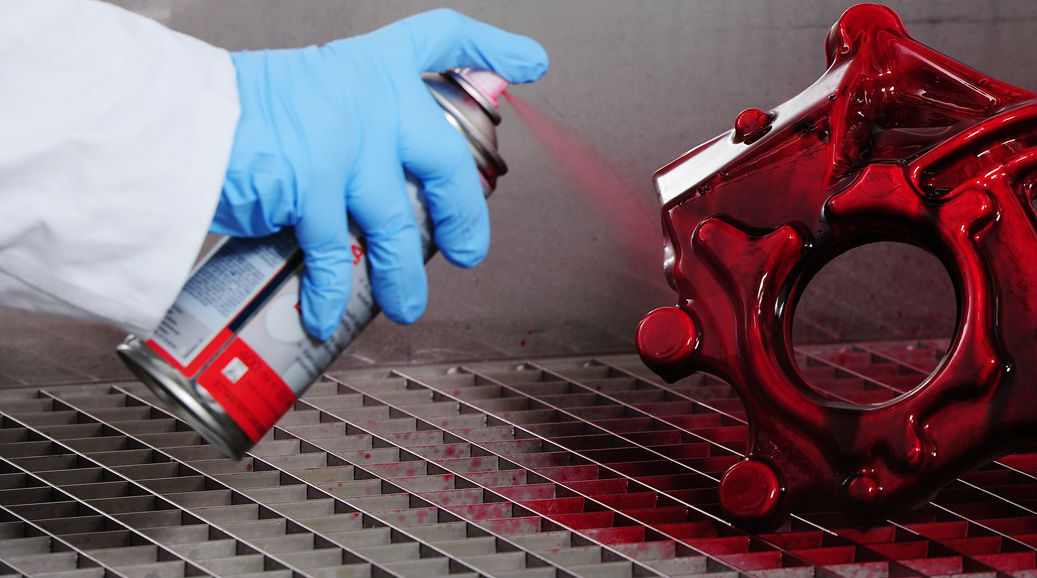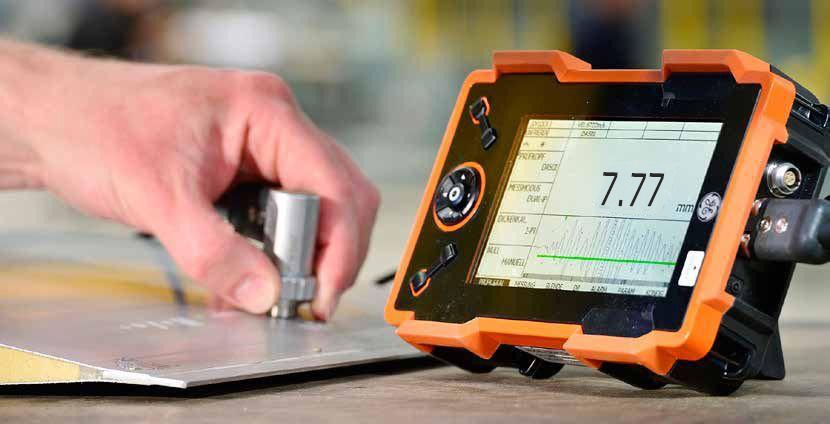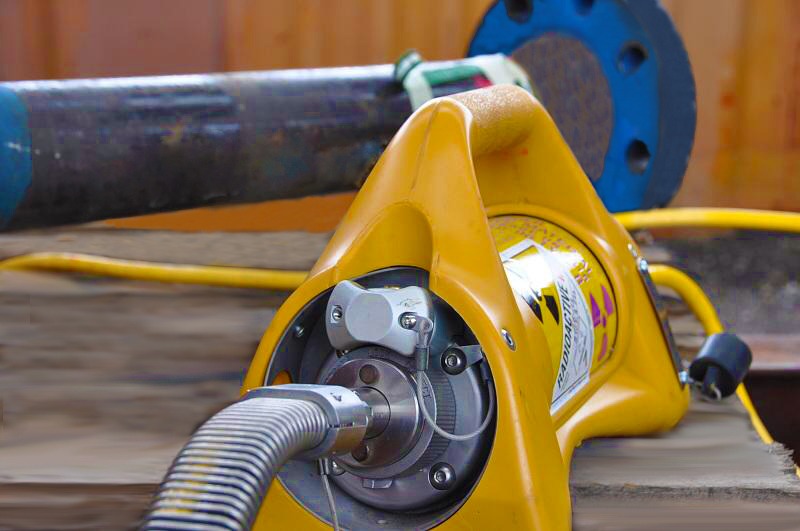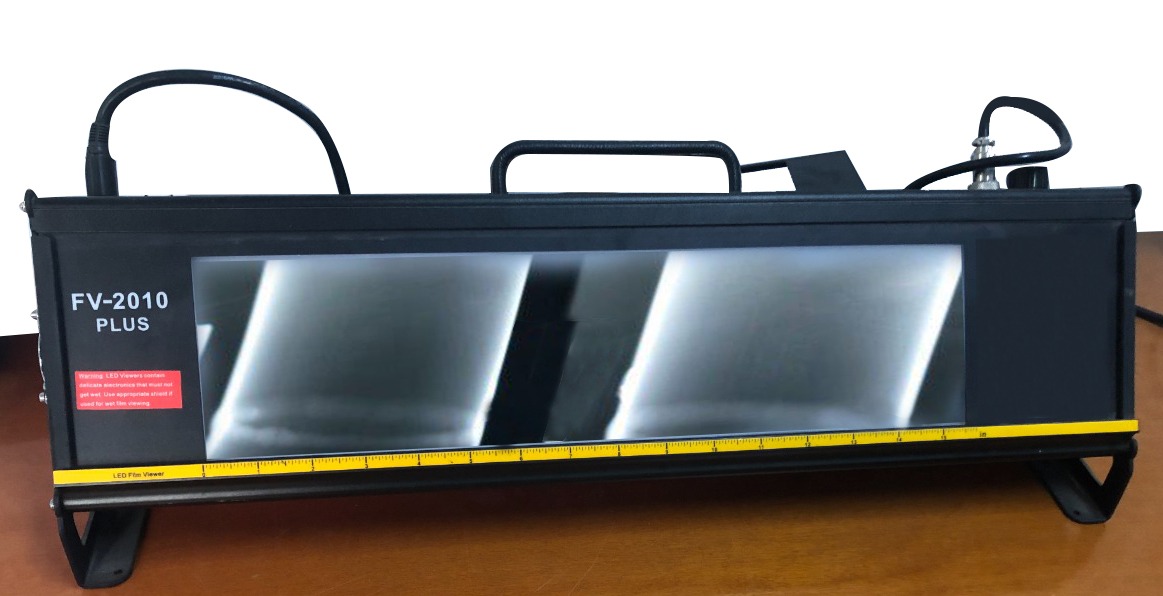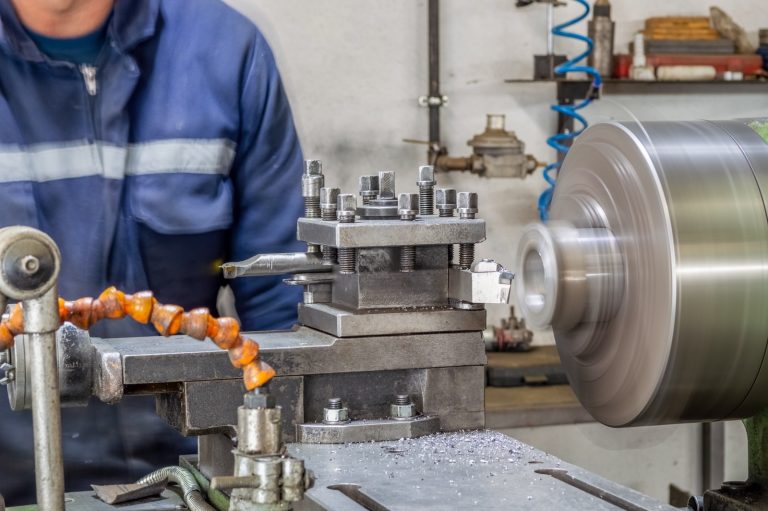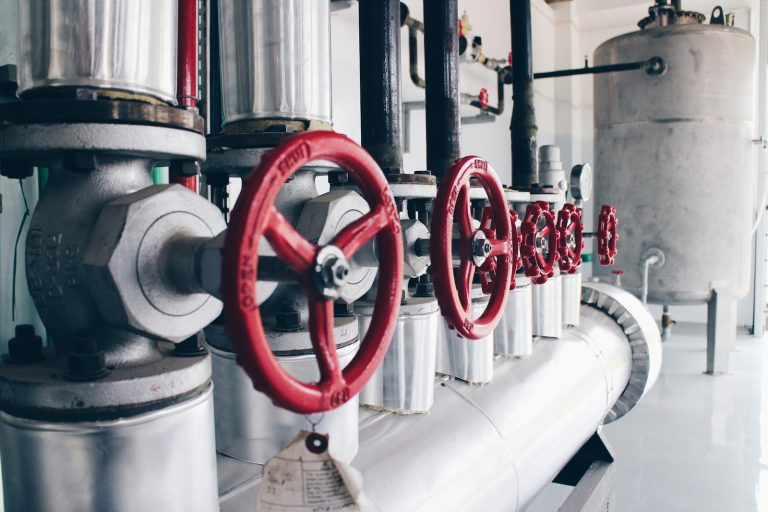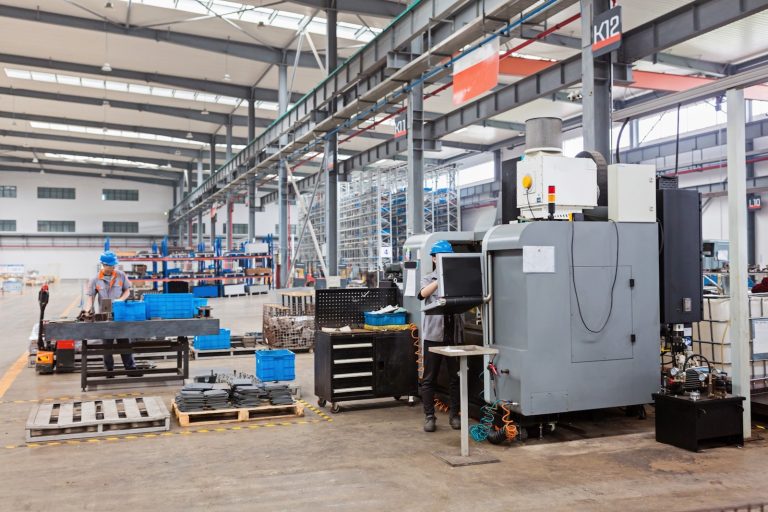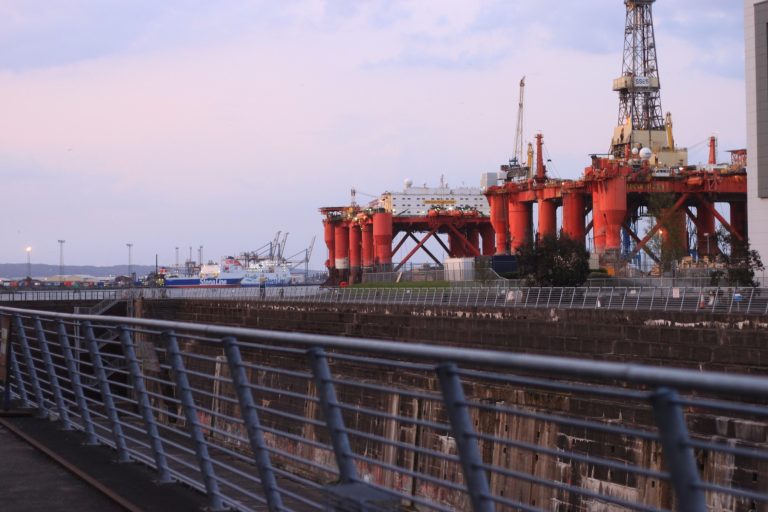WHY CHOOSE US
SITS provides you with a wealth of industry-focused technical education as well as live hands-on practical workshops. All of our courses and modules are designed to prepare participants to work by providing them with solid practical and theoretical knowledge
- Students can benefit from expert and experienced trainers who can help them learn more.
- Following an initial training consultation, customised training plans are created for each client.
- Our courses provide interactive learning opportunities.
- We are driven by a desire to see our clients succeed and advance in their professions.
- A wide section of courses are available
- We are constantly receptive to our clients' needs.
- Every effort is made to ensure a healthy and secure atmosphere
